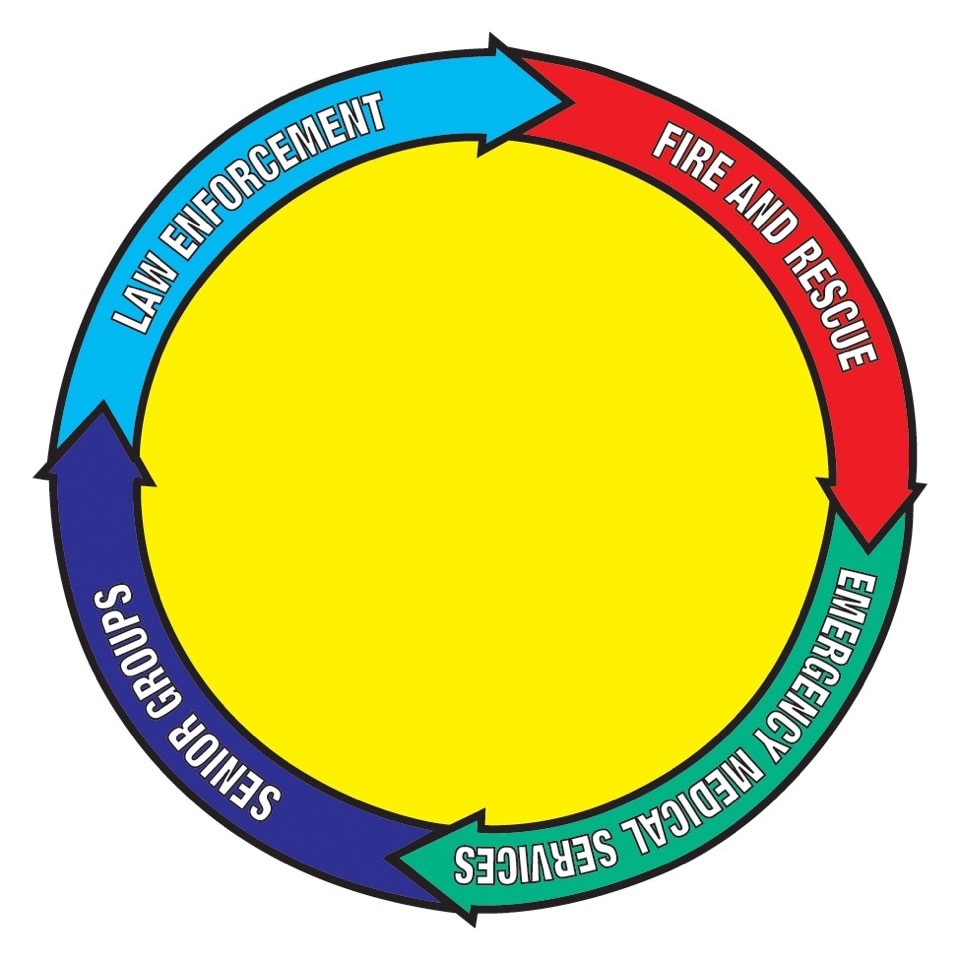If you or a loved one were in a car accident and unresponsive, what would the first responders need to know? How would they gain access to that critical information?
Do you or a loved one have a medical condition that would be critical for a medical professional to know about? Are you taking medication that can’t be mixed with other prescriptions, for example?
If first responders and medical personnel are aware of these conditions, then they are obviously in a better positioned to save your life.
A little less than a year ago the Kentucky Office of Highway Safety introduced the “Yellow Dot Program” which was designed to help save senior citizen lives. But nationally it has since demonstrated that it can save the lives at any age, despite a lagging participation rate.
The best chance for survival following a traumatic injury occurs when the injured person is seen and treated within the “Golden Hour” after a serious event. In the moments directly following a crash or similar event, every second counts. This program allows participants to provide important medical information that could help emergency responders make split-second decisions.
The “dot” is a circular yellow sticker that is placed on the lower left corner of the driver’s side rear window that alerts emergency responders that a pamphlet with the driver’s identification and medical information is in the glove box. If you are unconscious after a crash and are unable to answer some crucial information when minutes matters, then this sticker can save your life.
Once completed, the pamphlet will include your name, photo, medical conditions, recent surgeries, current medications, allergies, physical information and emergency contact information. This information is especially important when dealing with medical conditions and prescriptions, and will help determine the type of treatment emergency responders can or cannot safely provide.
This will help minimize Adverse Drug Reactions (ADR) which causes between 90,000 and 100,000 people to die nationally in hospitals every year.
Funding for the Yellow Dot program in Kentucky is provided by a grant through the Federal Highway Safety Administration. In the state of Kentucky the program is administered through the Kentucky Office of Highway Safety. The Yellow Dot program originated in Connecticut in 2002 and has since spread through multiple states nationwide.
How the Yellow Dot Program works….
— The Yellow Dot decal is placed in the lower-left corner on the driver-side rear window. Make sure the glass surface is clean so the decal will adhere.
— A Yellow Dot personal information folder is placed into the glove compartment of the vehicle. The completed form should include a clear, close-up head shot picture that can be easily identified as the crash victim.
— Make sure it is on top of other papers, and readily visible to first responders.
— If there is more than one person who uses the vehicle, or if you routinely carry children in the vehicle, consider including a separate Yellow Dot folder for each regular occupant. Keep all Yellow Dot folders together in the glove compartment to make retrieval in an emergency faster.
— The form itself includes basic medical and emergency contact information, personal physician’s contact information, current medical conditions, allergies and medications, and a history of recent surgeries.
— To help protect your identity, don’t include information like credit card or social security numbers.
The program is a free service provided to all Kentucky citizens, provided through the Kentucky Office of Highway Safety. You can email yellowdotky@ky.gov to request a packet or pick up a packet at the Kentucky Transportation Cabinet central office, any KYTC district office or at your local Kentucky State Police (KSP) Post.
Packets are also available at various hospitals throughout the state.
Be Safe My Friends.
Keven Moore works in risk management services. He has a bachelor’s degree from University of Kentucky, a master’s from Eastern Kentucky University and 25-plus years of experience in the safety and insurance profession. He lives in Lexington with his family and works out of both the Lexington and Northern Kentucky offices. Keven can be reached at kmoore@roeding.com.























